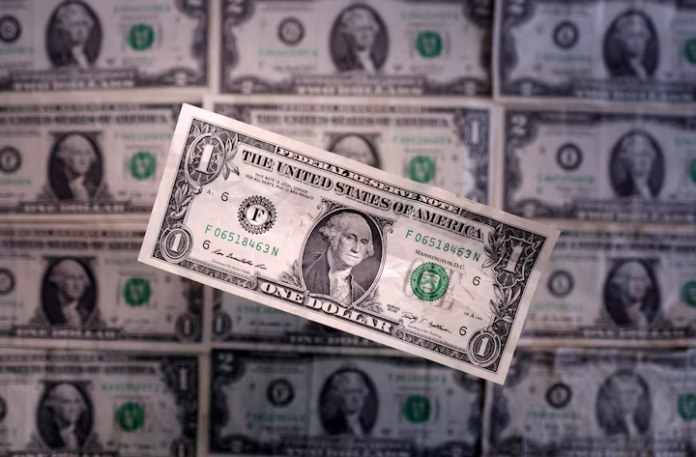For decades, the U.S. dollar has been the world’s go-to safe haven during economic uncertainty. But in a surprising twist, that status is now under threat—and it’s largely due to Donald Trump’s recent aggressive trade tactics.
In just one week, the dollar has lost its shine. Investors who once sought shelter in the greenback are now turning away, as Trump’s chaotic tariff decisions throw global markets into confusion. His abrupt and unpredictable trade policies, targeting both allies and rivals, have eroded trust in the U.S. government’s consistency. The fallout? A significant weakening of the dollar and growing concerns over America’s role in global finance.
The most telling sign of this shift was seen in the U.S. Treasury market. Borrowing costs surged at the fastest pace since 1982, driven by foreign investors pulling out in droves. The dollar plunged to a ten-year low against the Swiss franc and fell to its weakest level in over three years against the euro. What’s worse, the dollar’s image as a rock-solid reserve currency—an image built since the Bretton Woods agreement in 1944—is now facing serious doubt.
Financial experts like Ray Attrill from National Australia Bank warn that the U.S. economy might be hit harder than others in the short term. “There’s a loss of confidence,” he said. “America’s safe-haven status is no longer guaranteed.”
Trump’s swift imposition of steep tariffs and his abrupt policy U-turns—especially toward China—have added fuel to a growing trade war. Markets around the world have reacted with panic. Trillions have been wiped from stock markets. The uncertainty is so severe that investors now prefer lending money to countries like Italy, Spain, and Greece over the U.S.
Richard Yetsenga, chief economist at ANZ, highlighted the damage: “No matter how this plays out in the next 90 days, America’s global reputation has already taken a hit.” That reputational damage could be long-lasting.

Martin Whetton from Westpac added that the dollar’s dramatic selloff and the rapid spike in U.S. Treasury yields signify a major shift. “The U.S. has lost a key element of its financial power—trust.”
Some analysts believe the dollar’s fall might be temporary. Francis Tan from Indosuez Wealth Management thinks once tariff policies settle, the dollar may bounce back. But even a short-lived crack in confidence can have lasting effects.
Foreign investors held around $33 trillion in U.S. debt and equities at the end of 2024. Any long-term weakening of the dollar could make borrowing more expensive for the U.S., pushing up interest rates and hurting stocks and bonds.
Chris Wood of Jefferies summed it up: “Trump’s vision for reforming the global financial system seems blind to how deeply America depends on foreign money.”
In the end, the dollar may recover. But its safe-haven image has already taken a blow—and that’s not easily repaired.



